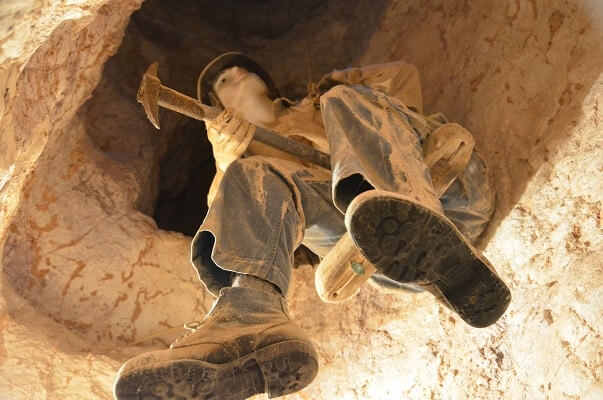Australia is an island of many magical destinations from vibrant cities and romantic rural settlements, many of which edge the ocean waters, to myriad natural wonders.
Having visited many, the one which struck me as distinctly unique and wondrous is the tiny township of Coober Pedy.
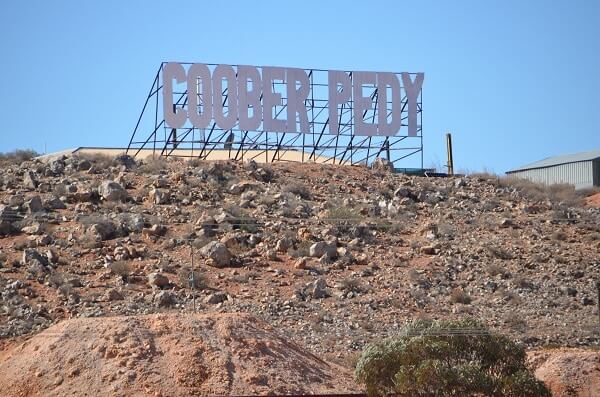
Located inland at the top end of South Australia, its uniqueness comes from a barren and quirky red-coloured landscape, intermittently peppered with holes and mounds of dirt resulting from extensive digging to find underground a rare gemstone commonly called opal.
Geologists say around 150 million years ago, this region was under the ocean. As the ocean-water ebbed, climatic changes caused the lowering of the underground water tables. Silica solutions were carried down to deposit in cavities, faults, and fractures in the ground and now, millions of years later, have hardened into opal.
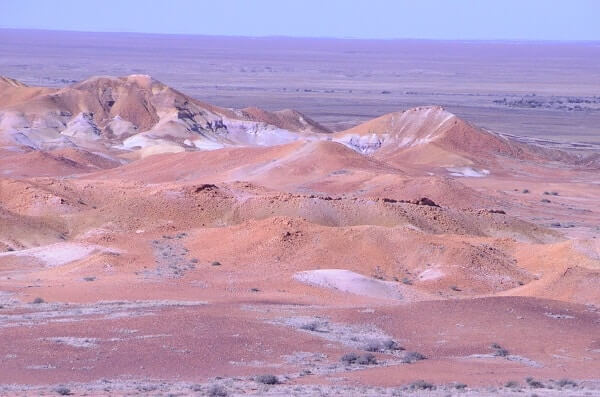
However, the world didn’t know about this treasure hidden underground, until little over a century ago when a teenager accidentally found a piece of a glittering stone which was nothing but opal.
The site was initially called Stuart Range Opal Field, named after John McDouall Stuart, who in 1858 was the first European explorer to visit the area. In 1920 a new name was needed so a post office could be established, Stuart Range being unsuitable owing to the similarity to Stewart Range in the south-east of the state. So, the opal miners chose Coober Pedy, an indigenous term meaning ‘white man in a hole’.
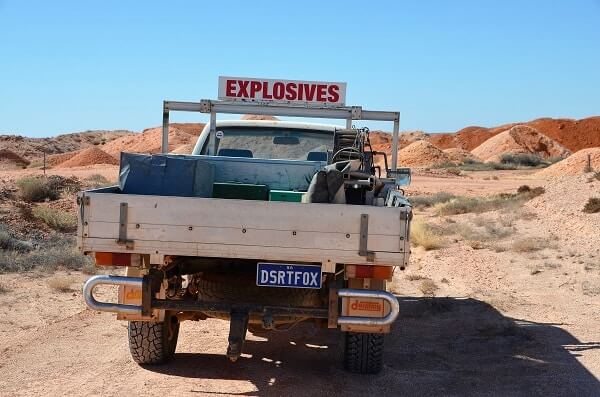
The news of the discovery of the precious jewel spread rapidly like fire and drew attention of fortune seekers from different parts of the world. They began to flock to this remote and isolated outback location with their shovels in hand to dig and mine opal and become rich. A novel township was born, cosmopolitan by its inherent nature as over 40 different nationalities began a new life here. With prosperity blooming, overtime, it became a ‘mining mecca’ and earned the title ‘Opal capital of the world’ by virtue of being the largest source of the gemstone in the world.

The settlement, unfortunately, had to live with a geographical drawback because of its location at the hottest and most inhospitable climatic region, where the arid landscape is almost devoid of trees and vegetation and summer temperatures regularly get beyond 50 degrees Celsius.
To protect themselves from the blistering heat, the new settlers became creative and started building dwellings below the ground. This includes homes called ‘dugouts’, churches, shops, and even hotels and restaurants. To the outside world, experiencing this unique way of life and discovering a labyrinth of underground establishments is a major attraction.
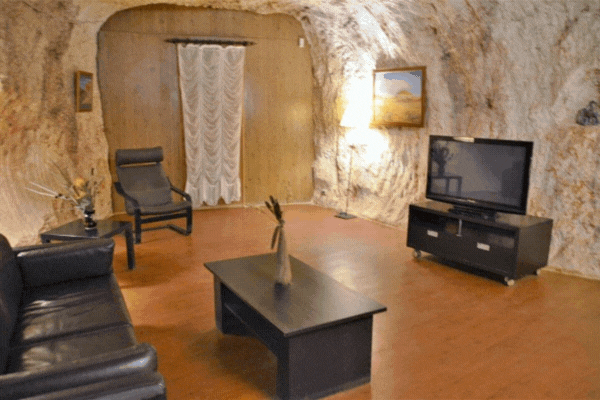
Visitors have many things to do here, perhaps the most thrilling being going through the tunnels of a working mine or taking a guided tour of an historic mine like the Old Timers Mine, first dug in 1916.
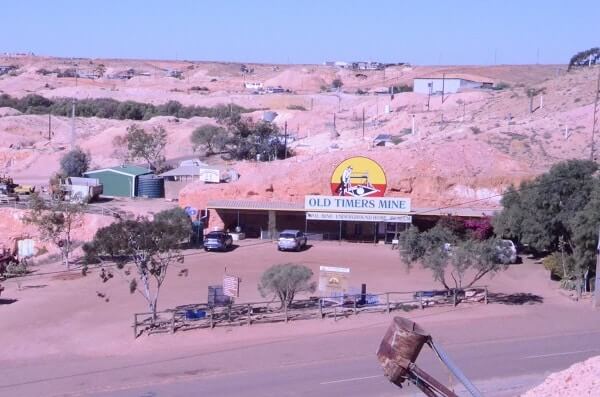
The Museum here is the best place to learn more about the coveted gem and 100 years of mining history in this remote settlement. The other exciting experience is exploring an underground home and understanding what it feels like to live below the earth’s surface. With hardly any natural light, airflow and external noise, the environment is very cool, quiet and still. Some houses extend beyond just a few rooms into labyrinths that stretch out like spider webs. It’s said the underground homeowners also try to find opals by digging through the walls. There are a few underground churches, the most visited being the Serbian Orthodox Church whose sandstone walls are decorated with intricate carvings of saints.

International film makers have a fascination for the lunar landscape of this desolated desert location. Over the years, several feature films, mini-series and countless documentaries and television commercials have been filmed here, putting Coober Pedy on the world map. Some of the better-known ones are Mad Max Beyond Thunderdome, Red Planet, Ground Zero, Pitch Black and Priscilla, Queen of the Desert.
Currently, a Fox Entertainment reality show titled Stars on Mars is filming at Coober Pedy, featuring William Shatner (Season premiere is on Mon 5 June)
What strikes as the strangest experience in Coober Pedy is a golf course which traverses red desert flats instead of green grass. While tees are topped with artificial turf, fairways are maintained by spreading the local white sandstone on the rough areas. It’s the only golf club in the world which has reciprocating arrangements with Scotland’s St Andrews, the Mecca of golfers.
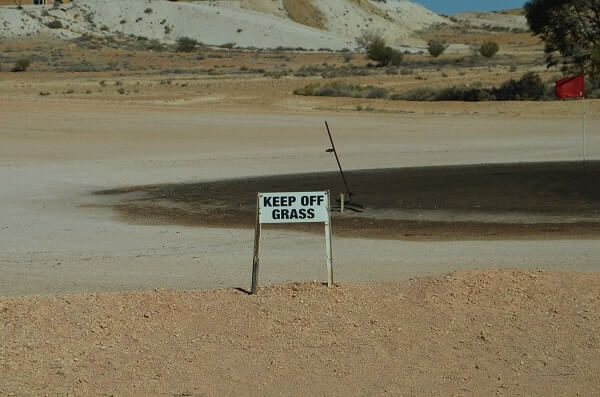
Coober Pedy lies on the Stuart Highway and can be reached by road from Adelaide 845km away or from Alice Springs 546km away. The other novel and perhaps the most convenient way of exploring the unique destination is by joining the three-night, four-day 2979km rail expedition from Darwin to Adelaide via Alice Springs on The Ghan – the legendary Aussie train named after the Afghan cameleers. This famous train journey includes a day excursion of Coober Pedy.
READ ALSO: Crossing the Nullarbor solo: Nilanjana Chakraborty




